Are your Google Ads draining your budget faster than you’d like? Nothing feels more frustrating than watching your click costs climb while conversions stay stagnant. The good news? There are proven strategies to lower cost per click (CPC) in Google Ads—smartly, sustainably, and without sacrificing performance. In this complete guide, you’ll uncover the best way to lower cost per click in Google Ads. We’ll explore practical, up-to-date strategies trusted by top PPC pros, dispel costly myths, and give you an actionable blueprint to make your ad spend work harder. Ready to maximize your budget and ramp up those quality clicks? Let’s dive in.
What is the Best Way to Lower Cost Per Click in Google Ads?
The “cost per click” (CPC) simply tells you how much you’re paying each time someone clicks on your ad in Google. While it seems straightforward, a lower CPC can mean the difference between a profitable campaign and a money pit. The best way to lower cost per click in Google Ads is a mix of improving ad relevance, sharpening targeting, refining keyword choices, and optimizing Quality Score. You’ll discover these approaches—plus actionable hacks used by digital marketing veterans—right here.
:max_bytes(150000):strip_icc()/cpc.asp-final-c19c255d763146ab9b610973067805ee.png)
Why Lowering CPC Matters: Key Benefits
Making your ad dollars work harder isn’t just about bragging rights. Here are some tangible benefits when you learn the best way to lower cost per click in Google Ads:
- Increased ROI: More clicks for the same budget amplify campaign returns
- Expanded reach: Stretch your budget to show ads to more users
- Competitive edge: Outperform rivals by getting the same results for less spend
- Reduced waste: Less money lost on irrelevant or low-intent clicks
- Better testing capability: Try more ads or keywords without boosting total cost

How Does Google Calculate Cost Per Click?
Understanding Google Ads’ auction mechanics is fundamental. Every time someone searches, Google runs a lightning-fast auction to decide which ads appear, and in which order. Here’s what determines your CPC:
- Your max CPC bid
- Quality Score (keyword relevance, ad copy, landing page experience)
- Your Ad Rank (max bid x Quality Score + ad extensions, etc.)
- The competition’s actions (how much others are willing to pay for a click)
When your Quality Score is higher, you can outbid competitors while paying less. That’s why boosting ad relevance and user experience is at the core of the best way to lower cost per click in Google Ads.
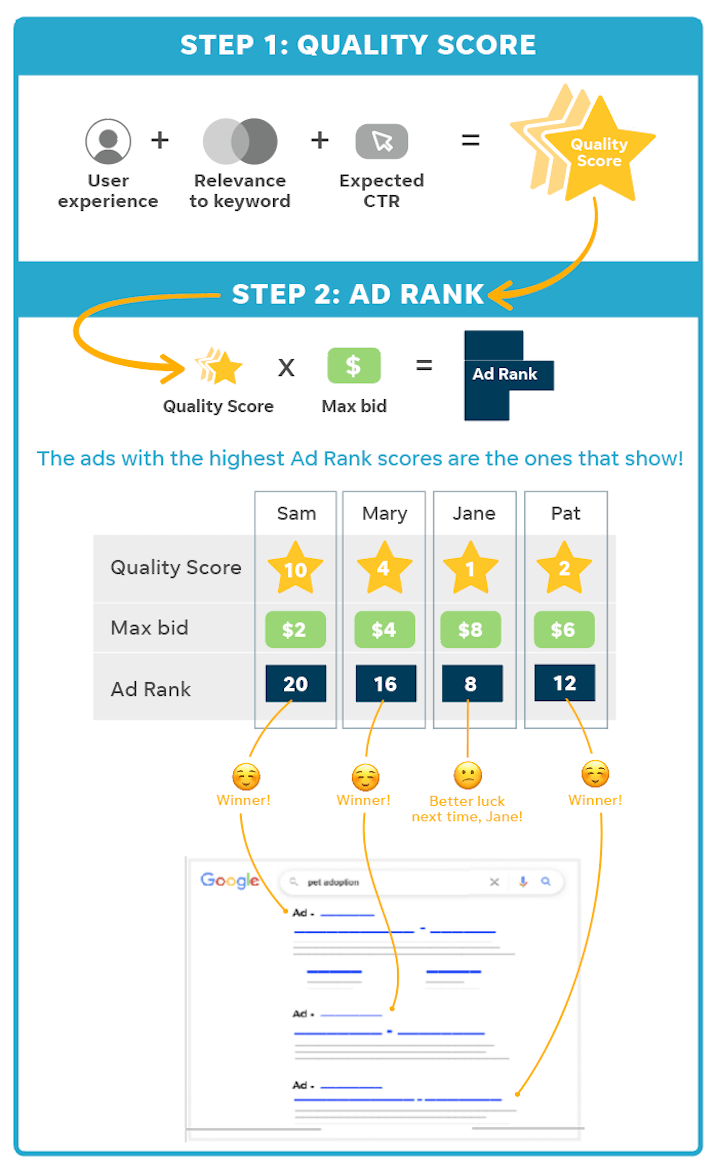
Top 9 Proven Ways to Lower Cost Per Click in Google Ads
1. Improve Your Quality Score
Quality Score is the secret sauce that can slash your CPC. Google rewards relevant ads, keywords, and landing pages. Focus here:
- Create tightly-themed ad groups (1-20 keywords max)
- Match ad copy closely to keywords
- Direct each ad to a laser-focused landing page
- Monitor and improve your keywords’ Quality Scores using Google Ads’ reporting tools
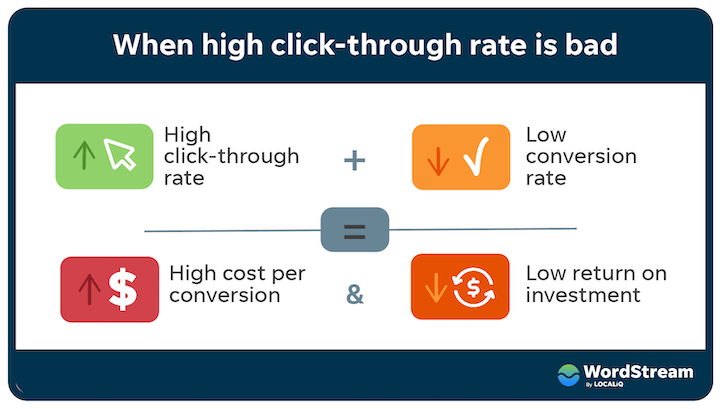
2. Refine Your Keyword Targeting
Broad keywords can eat up your budget fast, especially for competitive industries. Try these power moves to lower your cost per click in Google Ads:
- Use long-tail keywords (lower competition, higher intent—e.g., “affordable SEO consultant London”)
- Add negative keywords to block wasteful clicks (e.g., if you sell only new products, negative out “used” or “free”)
- Use phrase or exact match for more control and less spend
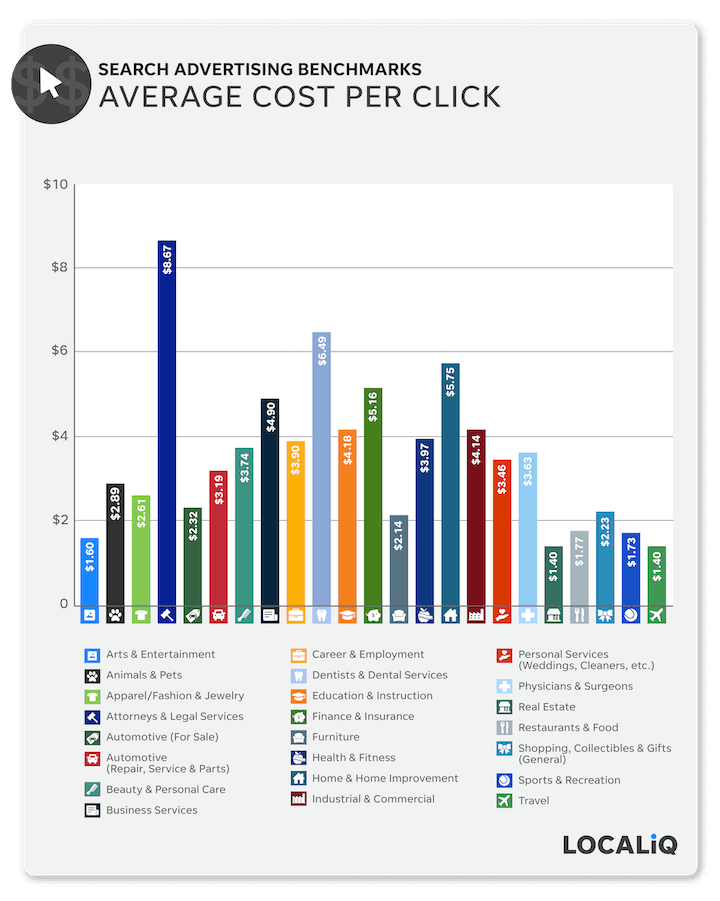
3. Optimize Ad Copy for CTR
A strong click-through rate (CTR) signals relevance and often lowers your CPC. To supercharge your CTR:
- Highlight your unique offer (“Free shipping,” “20% Off,” “Book a Demo, Fast Response”)
- Use emotional triggers and customer language
- Test multiple ad variations using Responsive Search Ads
- Include a powerful call to action (“Get Started Now,” “See Plans,” “Download Free Guide”)
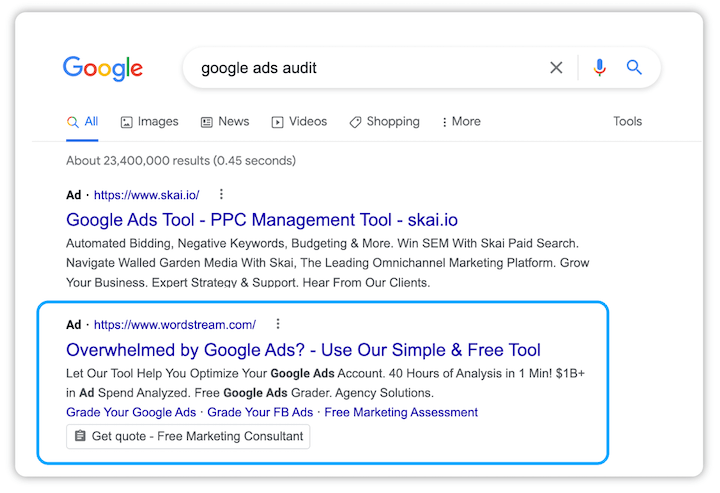
4. Use Ad Extensions
Google rewards advertisers who use ad extensions with lower CPCs and more screen space. Add:
- Sitelink extensions (extra links)
- Callout extensions (features, benefits)
- Structured snippets (product categories or services)
- Call/text extensions (especially in local campaigns)
These rich snippets increase click potential and can drive higher Ad Rank for the same bid.
5. Schedule Ads for the Right Times
If you’re open when your customers are closed, you’re wasting clicks and budget. Use Google Ads’ ad scheduling tools to show ads when your audience is most likely to convert. Examine performance by hour and day of week, and lower bids or turn off ads during low-performing times.
6. Nail Down Your Geotargeting
Don’t serve ads everywhere unless your business is global. Use location targeting to show ads only where your ideal customers live. Adjust bids higher for high-performing zip codes and lower (or pause) in underperforming areas.
7. Leverage Audience Targeting
Layer in demographic and in-market audiences to focus your ad spend on users most likely to buy. Combine keyword + audience targeting to further filter and lower cost per click in Google Ads.
8. Regularly Audit and Remove Leaky Keywords
Ongoing management is key. Every few weeks:
- Pause low CTR or high-cost/low-conversion keywords
- Look for search terms stealing budget without ROI
- Tune bids for the top-performing keywords
This discipline is central to mastering the best way to lower your cost per click in Google Ads long-term.
9. Test Automated Smart Bidding (But Monitor Closely!)
Google’s smart bidding (like Target CPA or Maximize Conversions) can sometimes automate CPC reductions—especially if you’ve got solid conversion tracking in place. Run A/B tests; compare against manual bidding.
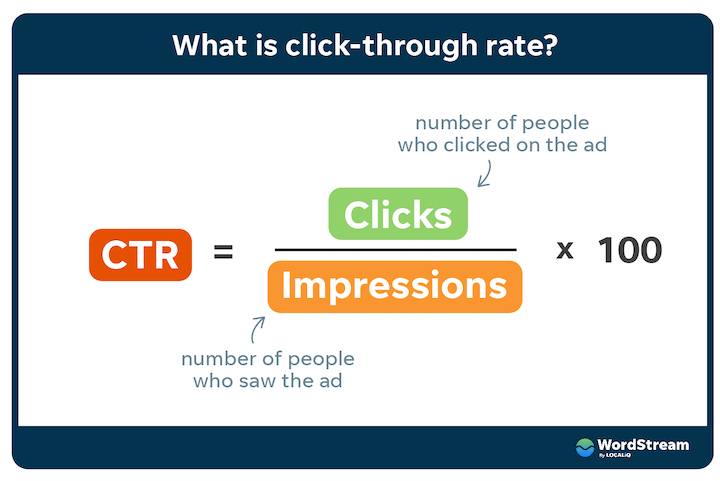
Real-World Example: Successful CPC Reduction
Let’s say your current campaign is spending $2.20 per click and driving sales at a high cost. You:
- Narrow the keywords from 100+ to just 15 tightly-themed phrases
- Add “cheap,” “free,” and “jobs” as negatives
- Revamp ad copy to highlight unique value and use stronger calls-to-action
- Improve your landing page for speed and relevance
- Layer in audience targeting for in-market shoppers
In just one month, CTR rises, Quality Score climbs, and average CPC drops to $1.35—boosting ROAS and stretching your budget further.

Debunking CPC Myths and Common Challenges
Myth: “I just need to lower my max bid to get cheaper clicks.”
Reality: If your ad quality is low, dropping your bid only hurts visibility—Google will still choose more relevant ads.
Myth: “Broad match always wastes budget.”
Reality: Smart use (with negatives and audiences) can uncover hidden, high-value traffic.
Challenge: “Competitors keep outbidding me.”
Solution: Instead of an endless bid war, focus on Quality Score, ad structure, and conversion-centric copy.
Obstacle: “My industry’s CPCs are just too expensive.”
Even in high-cost sectors, long-tail and competitor keyword strategies (plus remarketing) can squeeze out more efficiency. See Google’s own support thread and PPC subreddits for crowd-sourced wisdom and war stories from real marketers.
FAQs: The Best Way to Lower Cost Per Click in Google Ads
1. What is a “good” CPC in Google Ads?
It varies by industry, but typical search CPCs range from $1 to $5. What matters most is your ROI—if you’re making more than you’re spending, you’re in a good spot. Compare your numbers to industry benchmarks and competitors.
2. Does a high Quality Score really lower my cost per click?
Yes, dramatically. A high Quality Score means Google sees your ad as relevant and useful—so you win more auctions for less spend.
3. Can negative keywords really save budget?
Absolutely. Blocking irrelevant searches means you only pay for clicks with higher intent, which slashes wasted spend.
4. Should I use Smart Bidding or manual bids to lower my CPC?
Depends on your goals and data. Start with manual to learn your baseline, then test Smart Bidding with strong conversion tracking for optimization.
5. How often should I review my search terms and keyword lists?
Weekly—especially at first. This regular review catches high-cost, low-value terms before they bleed your budget dry.
6. What’s the quickest way to identify expensive, low-performing keywords?
Use Google Ads’ “Search Terms” and “Keyword” reports. Sort by spend and conversion, pause leaks fast.
7. Can better landing pages reduce my CPC?
Yes. Google factors landing page experience into Quality Score—faster, more relevant pages reward you with lower click costs.
8. Should ad extensions always be used?
Yes, whenever possible. They boost visibility, CTR, and Ad Rank, all of which can reduce your cost per click.
9. Is it cheaper to run ads on Google Display Network?
Generally, yes—Display clicks are often cheaper. But conversion intent is usually lower than search, so results may vary.
10. What’s the biggest mistake people make trying to lower CPC?
Slashing bids without improving ad quality or targeting. Cheap clicks don’t help if they never convert.
Conclusion: Start Lowering Your CPC Now
Mastering the best way to lower cost per click in Google Ads is less about shortcuts—and more about smart, ongoing optimization. Focus relentlessly on relevance, Quality Score, and user experience. Test long-tail and negative keywords, audit your campaigns weekly, and always craft compelling ad copy backed by data. As you put these actionable strategies in play, you’ll not only lower your average CPC, but also drive higher-quality clicks and better results.
Ready to take your next step? Dive into your Google Ads account right now: pause leaky keywords, split test new ads, and set a weekly calendar reminder to keep optimizing. For advanced tips, check out [Google’s official support](https://support.google.com/google-ads/), trusted PPC forums, and expert guides by DataFeedWatch, KlientBoost, and Cheq. Make every click—and every cent—count!
For deeper PPC strategies, browse our performance marketing articles or book a free strategy call. Max ROI awaits!
